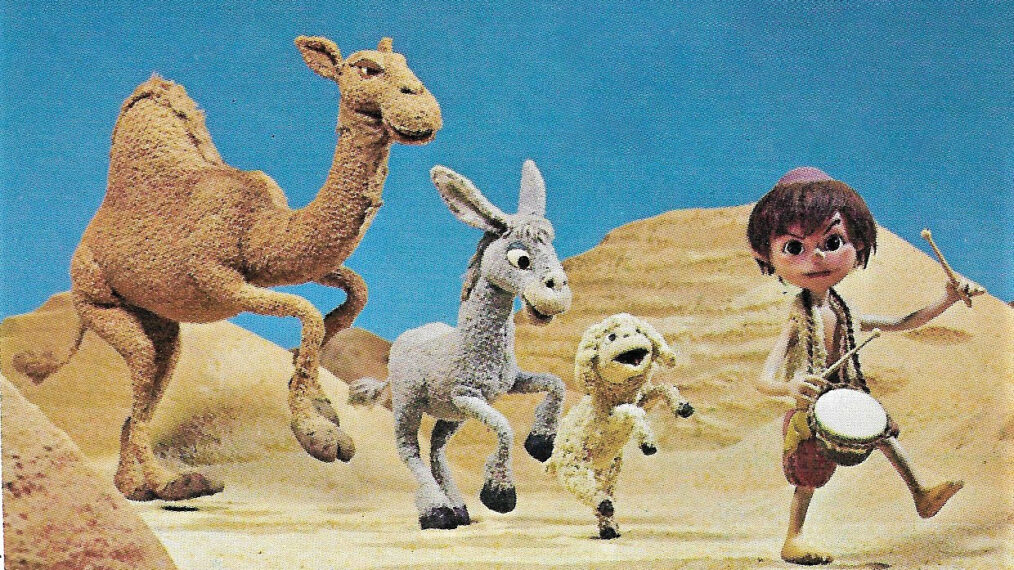Did ‘Pinocchio’ Bring Us Rudolph ‘The Red Nosed Reindeer?’
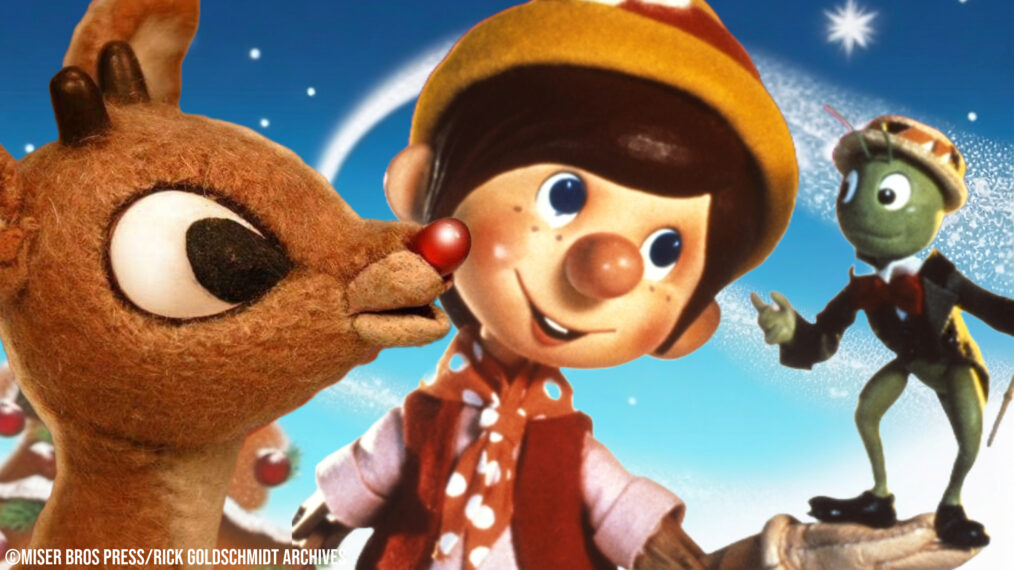
It’s doubtful that there’s a bigger fan of the Rankin/Bass-animated holiday specials than Chicago’s Rick Goldschmidt. Over the years, Goldschmidt went from enthusiastic fan to official spokesman for Arthur Rankin Jr. and Jules Bass to chief historian and custodian of the legacy of the beloved animators. He has authored many books on the work of Rankin and Bass under Miser Bros. Press, including The Arthur Rankin Jr. Scrapbook: The Birth of Animagic and his latest, The Making of “Santa Claus Is Comin’ to Town” and “The Daydreamer.” We talked to Goldschmidt about the enduring charm of Rudolph the Red-Nosed Reindeer, The Year Without a Santa Claus and The Little Drummer Boy, and how they almost never existed.
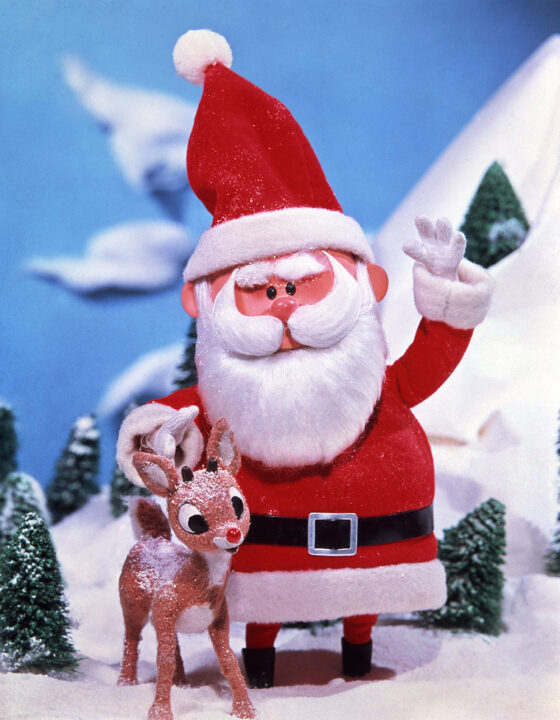
Miser Bros Press/Rick Goldschmidt Archives
Rudolph the Red-Nosed Reindeer first premiered on December 6, 1964
The Start Of Rankin/Bass
“Arthur Rankin was my dearest friend in the organization, and he was my biggest champion, too,” Goldschmidt recalls. “He started the company by himself. [Jules Bass joined shortly after]. In the early days, primarily, they did commercials. But then they branched out into the animation that they became famous for, which was Animagic — a stop-motion form of animation that they did in Japan.”
Years before Rudolph, Rankin banked on a couple of animated TV series, The New Adventures of Pinocchio (1960), done in the Animagic style, and The Tales of the Wizard of Oz, rendered in traditional cel animation. And when we say “banked,” we mean just that. “Both of those ventures, they had to pay with loans — bank loans,” Goldschmidt says. “I found out, in recent years — actually, at Arthur’s memorial in Bermuda — that his best friend, Donald Gladstone, lent him $25,000 or $30,000 to finish Pinocchio, and if he hadn’t done that, there never would have been Rudolph.”
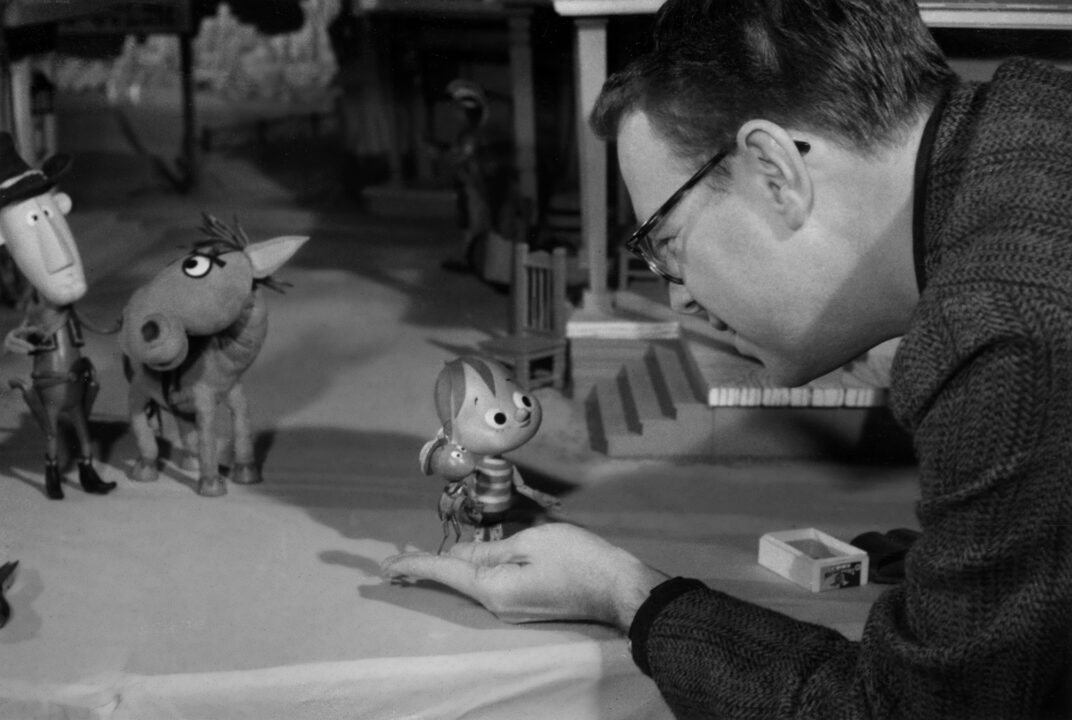
Miser Bros Press/Rick Goldschmidt Archives
Arthur working on The New Adventures of Pinocchio in 1960
Finding A Corporate Sponsor
Thanks to the interest stirred by this initial pair of features, General Electric commissioned Rankin/Bass for three holiday specials as part of what was called The General Electric Fantasy Hour. “They did Return to Oz, which had a tie-in with GE products,” Goldschmidt explains, “and then Rudolph … they even did the commercials for Rudolph, in ’64. Then they did The Ballad of Smokey the Bear, with James Cagney, in 1966. But of those three, Rudolph was the most popular, nationally, and got the highest ratings. I think it was in the 50 to 55 percent share of the audience.” (These would be unheard-of ratings today.)
Based mostly on the success of Rudolph, GE saw that this could be big business for them and decided to go all in. “They started a company called Tomorrow Entertainment, and they financed all of the Rankin/Bass shows from that point on,” Goldschmidt says. “No longer did Arthur Rankin have to go to a bank for a bank loan. GE would go ahead and pay for everything. But what Arthur had to do was go to the networks and say, ‘Here’s a show we have — The Little Drummer Boy. We want to make it; we can do it for this budget. Would you go for this?’ And they’d say, ‘Sure!’ That was all they had to do back then — it didn’t go through focus groups and a million different people until it got on the air.”
The Legacy
It was a special time for children’s television, and some golden holiday classics were created in that era. Like everyone, Goldschmidt has his favorites. “Santa Claus Is Comin’ to Town, to me, is in their top five. Maybe in the top five of all Christmas specials, with A Charlie Brown Christmas and How the Grinch Stole Christmas! It really gives the entire story to Santa Claus, which, up till then, we knew him as more of an advertising character than anything, for cigarettes and Coca-Cola,” he laughs.
“Romeo Muller,” he continues, “wrote a special that explained why Santa ‘ho ho hos’ and goes down the chimney, had to be sort of an outlaw, work around the Burgermeister, and had help from the Winter Warlock. These are things that, as a kid, I know from growing up in the early ’70s … this explained Christmas and Santa Claus to me in such a loving way. And that’s the thing about the Rankin/Bass specials — they’re filled with heart and warmth, and good writing.”
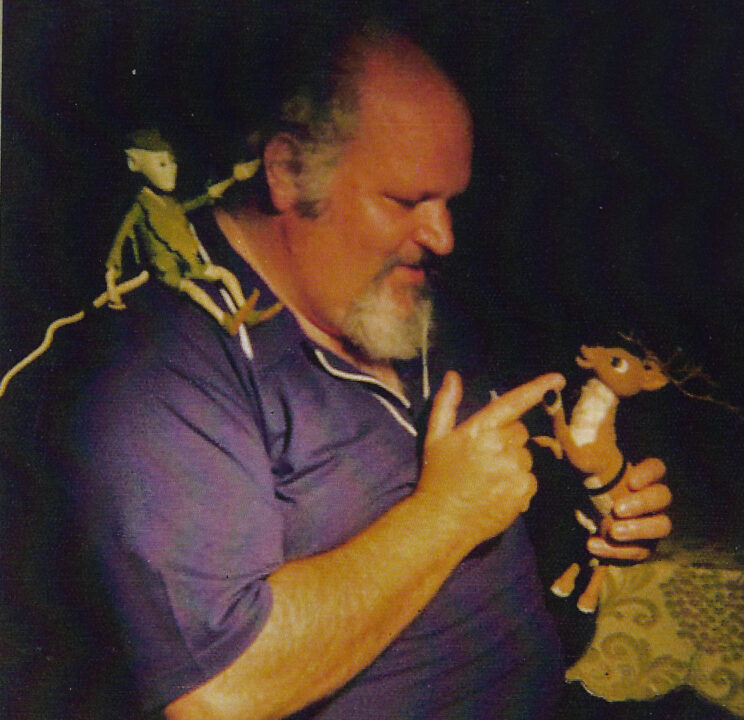
©2023 Miser Bros Press/Rick Goldschmidt Archives
Romeo Muller, Jr. with two Animagic figures Arthur gave him. One of the many reindeer and a tree elf from the feature film “Marco” in which he also appeared.
Click here to find out when your favorite Rankin/Bass special will be airing this holiday season.

PUZZLER: Holiday Movies
December 2022
Enjoy hours of fun as you puzzle along to all these holiday classics. The issue is packed with trivia, crosswords, word finds, Sudoku, scrambles, criss crosses and more!
Buy This Issue
